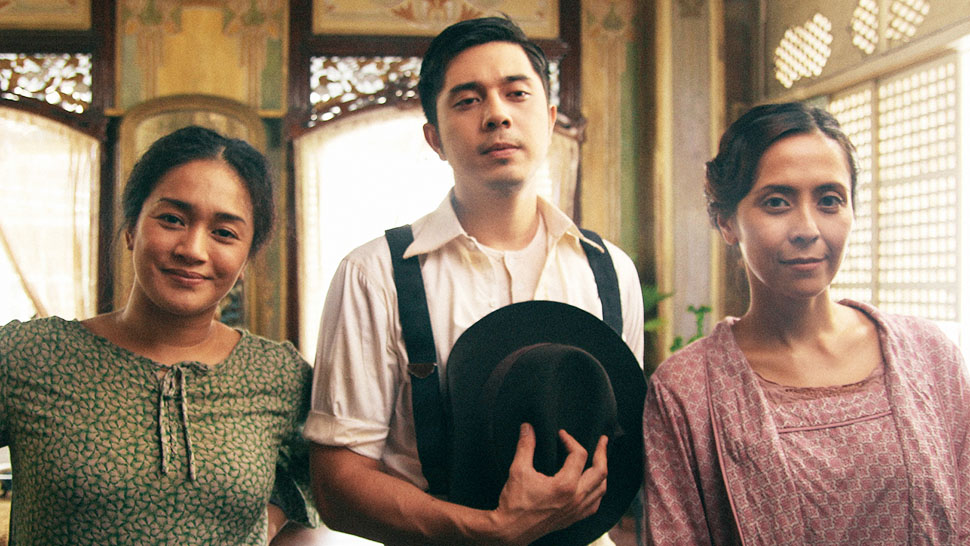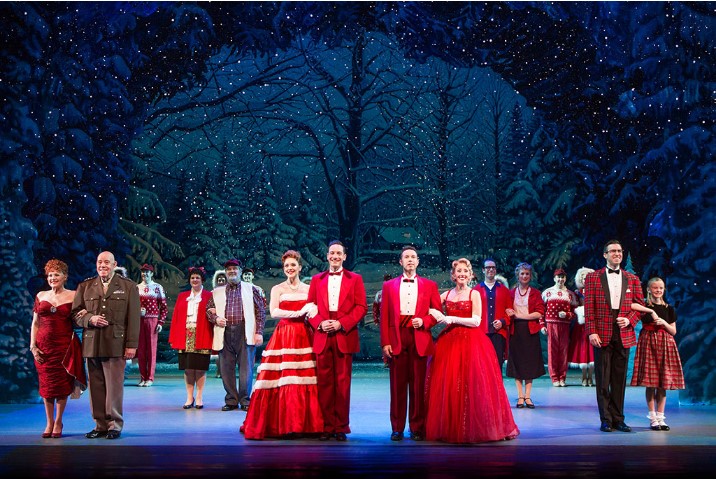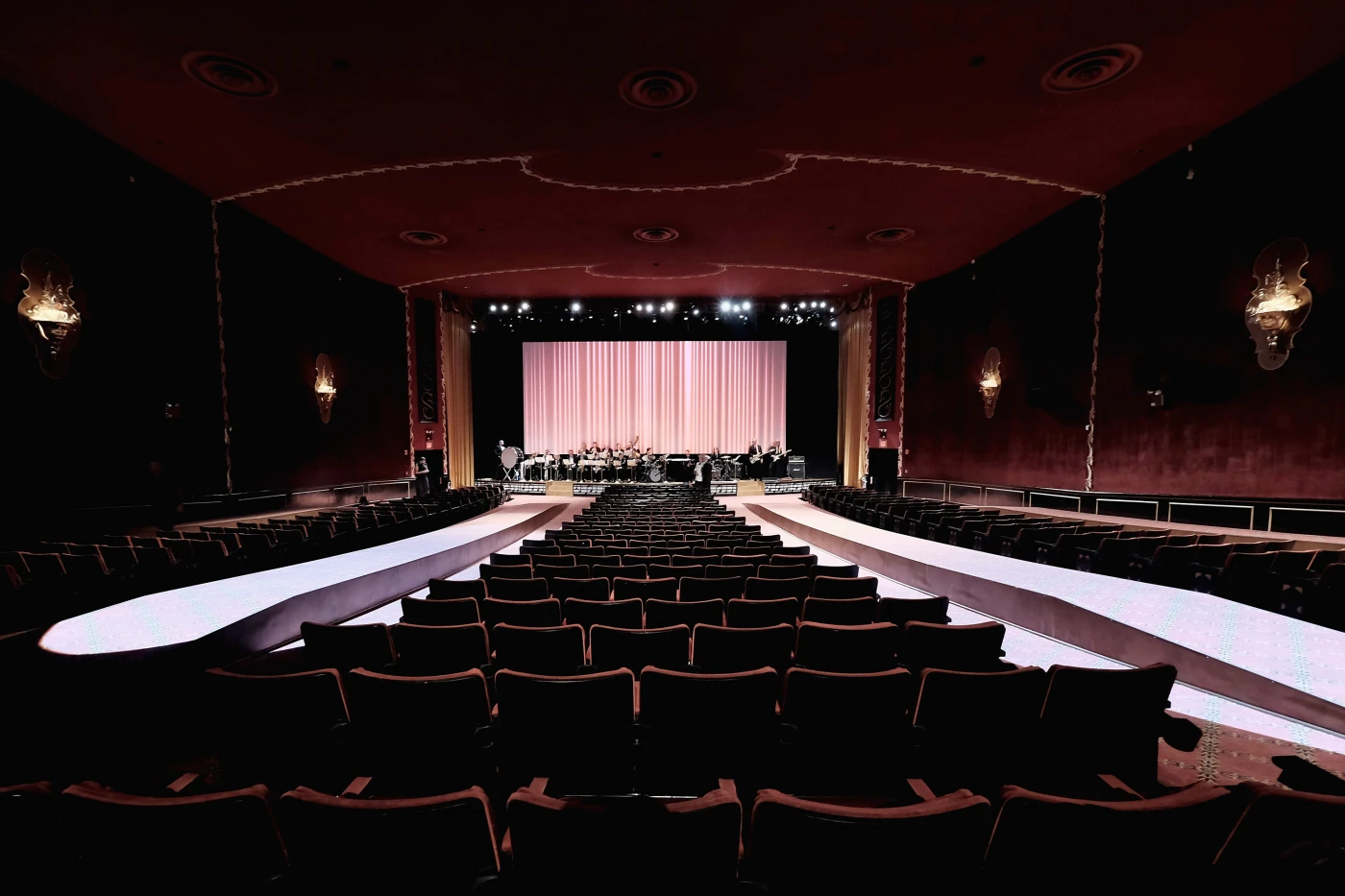THE LEGACY OF THE SARSWELA: CELEBRATING “BUWAN NG WIKA” WITH A LOCAL THEATER TRADITION

Credited by the UNESCO as the national theater and opera of the country, the sarswela has a rich history that dates back to the late 1800s.
The zarzuela is a Spanish-derived musical genre that employs alternating sung and spoken scenes to add dramatic flair. It is often written in prose and composed of one to five acts. The song numbers, which can be either operatic or popular, are also often accompanied by dance. Historians trace its roots back to our Spanish colonizers who arrived in the Philippines during the 1600s. But it wasn’t until 1878 when it was first recorded to have arrived on Philippine shores.
By Samsung Performing Arts Team
It is also important to note that before Spain’s introduction of the zarzuela, our own theater form of saynete (one-act skits which featured ordinary characters with song and dance numbers as well) was influential in the evolution of the zarzuela in the country. Acclaimed playwright Francisco Baltazar wrote some of these, which were often used as intermissions for the excruciatingly long comedias of the time.
One could surmise that through the mixed marriage of the saynete and the zarzuela, Filipinos fashioned a tradition of our own. While exclusively performed by the Spanish during its first two years, the zarzuela soon gained a local following. And by 1880, Filipino playwrights, composers, and actors dominated the industry—creating its own local traditions and making it truly ours. Hence, the indigenization and birth of sarswela, or Philippine zarzuela.
One of the most familiar names in Philippine history, our national hero, Jose Rizal, was a known fan of sarswelas. And spun with Filipino creativity and flavor, the sarswela was translated into local languages and changed dramatically throughout the years. By the time the Americans came, traditional Spanish themes have been replaced with moro-moro elements, focusing on patriotic themes where Filipinos emerged victorious against colonial rule.
This form of revolt eventually caught the attention of the Americans, who imprisoned many members of the sarswela community, such as Aurelio Tolentino and Pascual Poblete. The advent of cinema in the 1920s, however, gave more avenues for the genre to proliferate through new media. This period became known as the golden age of the sarswela. Famous sarswelas of the time include Dalagang Bukid (Hermogenes Ilagan, 1917) and Paglipas ng Dilim (Precioso Palma, 1920).
Following the war and our eventual independence, the sarswela has evolved to a localized form of comedy of manners. And through a much-celebrated resurgence and re-education following colonial rule, many playwrights and composers of the time staged numerous sarswelas with themes that acknowledged the zeitgeist. Notable works include Ang Bundok (1977) about mountain tribes defending their lands, Ms. Philippines (1980) about the pressures of beauty pageants after a historic win the previous year, and Pilipinas Circa 1907 (1982) about American occupation.

Source: https://www.wheninmanila.com/aurelio-sedisyoso-a-rock-sarswela-rocks-the-stage-at-tanghalang-pilipino/
And by 2012, through the NCCA (National Commission for Culture and the Arts) and in partnership with UNESCO, the Philippine government has actively safeguarded our sarswela traditions through documentation and other programs. Today, the sarswela lives on through modernizations inspired by its rich traditions, such as in films like Ang Larawan (2008) and other local theater productions like Aurelio Sedisyoso (2017). Have an extraordinary “Buwan ng Wika” from the Samsung Performing Arts Theater!
For more information, contact inquire.cpat@ayalaland.com.ph or call via (+63917) 804.9336.



Be in the know
Stay up to date with our latest news and events



